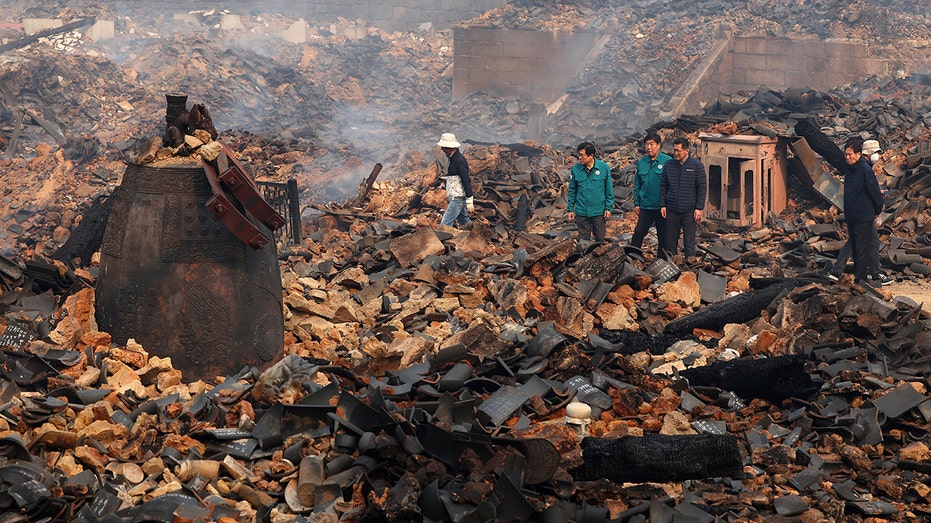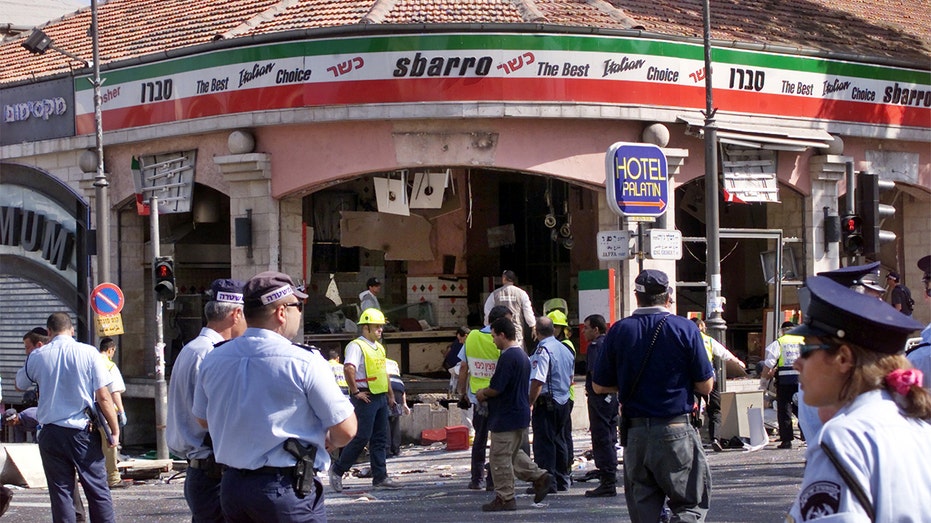South Korea’s Centuries-Old Gounsa Temple Reduced to Ashes by Raging Wildfires

Sarah Johnson
March 27, 2025
Brief
Devastating wildfires in southern South Korea have destroyed much of the historic Gounsa temple, claiming national treasures and displacing thousands, but some sacred artifacts were saved.
South Korea’s southern regions have been devastated by unprecedented wildfires, leaving a trail of destruction that includes large parts of the ancient Gounsa temple complex. This historic site, originally established in 681 A.D. during the Shilla dynasty, has seen two of its nationally treasured buildings reduced to ashes.
The wildfires, which have been raging for five days, are among the worst the country has ever seen. They have claimed 24 lives, destroyed over 300 structures, and displaced more than 28,000 residents. The Gounsa temple, nestled at the foot of Deungun Mountain in Uiseong, Southeastern South Korea, suffered particularly catastrophic damage. Approximately 20 out of its 30 buildings were burned to the ground, including the Gaunru pavilion from 1668 and Yeonsujeon, built in 1904 to celebrate a king's longevity. Both structures were designated as national treasures by the Korea Heritage Service.
The government's "treasure" designation is reserved for cultural assets of historical and artistic significance, ensuring state-level protection and maintenance. The loss of these treasures is both a cultural and emotional blow. Doryun, a senior monk who had lived at the temple earlier in his life, expressed profound grief: "I went there this morning and found they’ve been reduced to heaps of ashes. I feel really empty. Life is transient." A sentiment that feels all too poignant as history literally burns before our eyes.
Despite the destruction, there is a silver lining. Monks and Buddhist faithful managed to rescue the temple's third treasure—a stone Buddha statue dating back to the 8th century—alongside other sacred assets and lower-level cultural items, including a stone pagoda. "Many buildings were burned down, but we moved and protected other sacred assets so that we can maintain the temple. We feel it’s very fortunate," Doryun shared.
Luckily, no injuries have been reported among the 20 monks and workers residing at the temple. While cultural devastation is harder to quantify than the physical losses, the survival of these sacred items provides a glimmer of hope for rebuilding and preserving what remains of this centuries-old spiritual haven.
Topics
Editor's Comments
It’s heartbreaking to think about history literally going up in flames. Wildfires are brutal enough, but the loss of cultural treasures adds a layer of tragedy that feels almost surreal. The monks’ ability to save the ancient Buddha statue is like finding a diamond in the ashes—small solace in an otherwise devastating situation.
Like this article? Share it with your friends!
If you find this article interesting, feel free to share it with your friends!
Thank you for your support! Sharing is the greatest encouragement for us.



